May 16, 2025 | 08:49 GMT +7
May 16, 2025 | 08:49 GMT +7
Hotline: 0913.378.918
May 16, 2025 | 08:49 GMT +7
Hotline: 0913.378.918
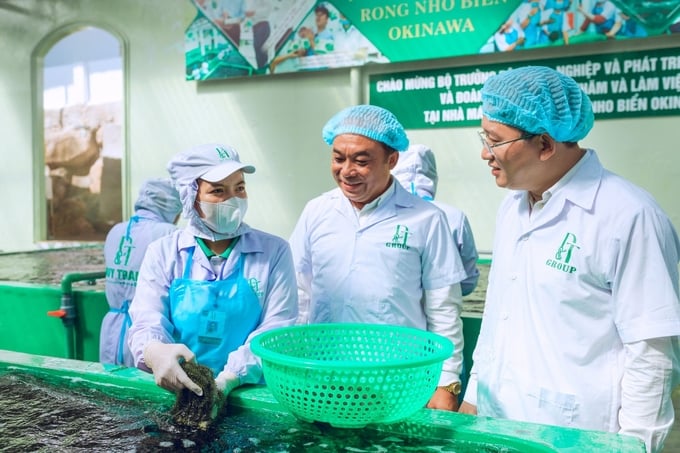
Secretary of Khanh Hoa Provincial Party Committee Nguyen Hai Ninh (right) asked workers about the work of preliminary processing and processing of sea grapes. Photo: KS.
Khanh Hoa province capitalizes on its extensive coastal line, clean waters, and deep waters to generate hundreds of millions of dollars from sea grape plantations. These conditions are well-suited for cultivating numerous seaweed varieties, including sea grapes, highly valued for their economic potential.
In the past, Ninh Hai ward (Ninh Hoa town) has been reported to have actively promoted sea grape culture, which has assisted several local residents in obtaining a consistent income compared to other aquacultural products. In particular, to ensure more consistent production, several individuals participate in the linking chain between sea grapes plantations and enterprises. Consider the Tran Nhu Hoang household, which has a total area of 3,000 m2 and ten ponds dedicated to the cultivation of sea grapes. This household is affiliated with DT Khanh Hoa Seaweed JSC.
According to Mr. Tran Nhu Hoang, his family has been cultivating sea grapes in ponds that were previously utilized for shrimp and snail cultivation, which were less effective, for over a decade. Initially, the family's sea grape cultivation was highly unstable due to an inconsistent market. The family has been able to sell sea grapes at a high and consistent price of approximately 32,000 VND/kg as a result of their partnership with DT Khanh Hoa Seaweed Joint Stock Company.
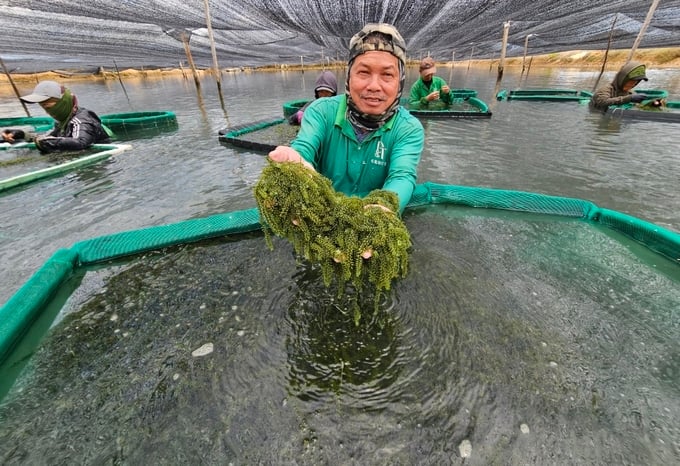
Sea grapes farming brings stable income to people. Photo: KS.
Nevertheless, the sea grapes that are supplied to the company must adhere to specific standards. The seaweed strands must be at least 6 cm in length, green, dense, and not sparse. Initially, the company provided production capital and transferred appropriate sea grape cultivation technology to the farmers to accomplish this.
Sea grapes thrive in mild coastal regions with salinities between 30/1000 and 35/1000 and temperatures between 25°C and 28°C. Consequently, mesh netting are affixed to each sea grape pond to shield it from sunlight. Regularly, the seawater utilized for the cultivation of sea grapes is inspected and replaced. Currently, producers plant sea grapes using an undersea method, securing the branches to the pond bottom with bamboo or wooden stakes. The spacing between branches is 40 cm x 40 cm, and the planting density is approximately 200 kg of seeds per rod (a local unit of area).
Mr. Tran Nhu Hoang evaluated this model as having low risk and low investment costs after having grown sea grapes for many years. Sea grapes that are planted once can be harvested for an extended time. The process of planting to harvest typically lasts between one and two months, with each harvest cycle occurring approximately 15 to 30 days apart. Nevertheless, sea grapes exhibit the most robust growth from February to October each year. The remaining months are characterized by frigid and rainy weather, which results in a decrease in the growth of sea grapes. Mr. Hoang currently furnishes the company with dozens of tons of standard sea grapes annually, generating a profit of 400-600 million VND after deducting costs. In a successful season, he can "pocket" approximately 1 billion VND.

Sea grapes farming also creates jobs for many seaweed pickers. Photo: KS.
Furthermore, Mr. Hoang has generated employment opportunities for numerous local sea grape harvesters. According to Mr. Dao Duy Xoan, a sea grape harvester, the process of harvesting sea grapes necessitates diving abilities. 10,000 VND is the employer's compensation for each kilogram of sea grapes harvested. He earns 250-300 thousand VND per day by harvesting for approximately 4-5 hours. During the prime harvest season, when sea grapes are in high demand, a worker can earn between 400 and 500 thousand VND per day.
The People's Committee of Ninh Hai Ward reports that the ward is home to approximately 30 hectares of sea grapes, with a significant portion of the land being converted from snail, shrimp, and salt aquaculture ponds that were less effective. The average annual harvest of sea grapes is nearly 500 tons, which generates employment opportunities for hundreds of individuals and supplies numerous sea grape purchasing enterprises.
Mr. Nguyen Quang Duy, the General Director of D&T Khanh Hoa Seaweed Joint Stock Company, disclosed that the organization has been engaged in the sea grape industry for nearly 15 years. The company has currently established a raw material area spanning 80 hectares, with approximately 80% of this area being associated with 30 agricultural households in the provinces of Khanh Hoa, Phu Yen, Ninh Thuan. These households have shifted to the cultivation of sea grapes as a result of the losses they have experienced from shrimp and snail farming.
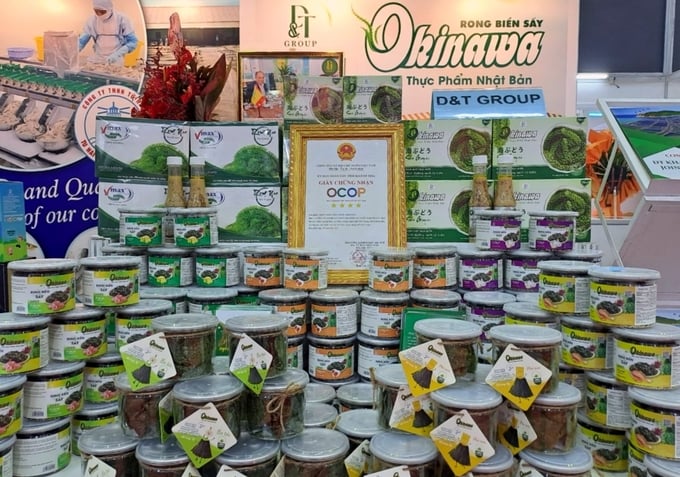
Currently, D&T Khanh Hoa Seaweed Joint Stock Company processes many products from sea grapes to increase value. Photo: KS.
"We procure approximately 7 tons of fresh sea grapes from farmers each day during the harvest season, which are subsequently transported to our factory." The sea grapes are re-cultivated in cement tanks using treated and purified seawater, ensuring that they are pure and free of impurities, prior to processing. This is made possible by the company's investment in an ozone water filtration system. The sea grapes are harvested and transported to the processing area after they have revived, metabolized, absorbed nutrients, and healed any injuries after being nurtured for 5-7 days", Mr. Duy explained and added that the sea grapes are subsequently separated through a six-step process to identify the highest quality strands, following which they are dehydrated and packaged.
D&T Khanh Hoa Seaweed Joint Stock Company has invested in a processing facility in Dac Loc Industrial Zone (Nha Trang City) with a total area of 3 hectares in order to capitalize on the "gold mine" of sea grapes. In addition to the Okinawa brand of dehydrated sea grapes, the company has created a variety of deep-processed products, including dried seaweed, seaweed snacks, seaweed jelly, seaweed broth, and seaweed seasonings, to increase the value of its offerings. Furthermore, they provide hygiene products for women, sea grape and bird's nest jelly, and sea grape extract for children.
Mr. Nguyen Quang Duy has stated that the company's seaweed products are GMP, ISO, and HACCP certified, and they have complied with the food safety standards established by the U.S. Food and Drug Administration (FDA). Their fresh sea grapes are transported to the United States, Taiwan, Canada, and Japan, while their dehydrated sea grapes are exported to the U.S. market.

Visit the sea grapes processing area of D&T Khanh Hoa Seaweed Joint Stock Company. Photo: KS.
Mr. Nguyen Quang Duy also noted that the demand and development potential for seaweed in general and sea grapes in particular are substantial. Nevertheless, the entire potential of this marine product has not yet been realized. Consequently, in the future, the company will conduct research and development of a variety of products that are specifically designed to meet the needs of various domestic and international markets, in addition to continuing to work with producers to expand the raw material area, in order to satisfy consumer demands.
Translated by Linh Linh
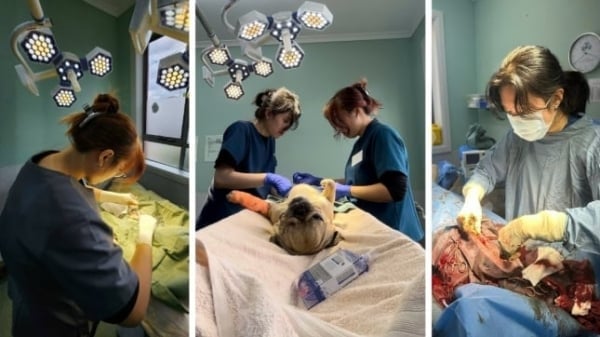
(VAN) Veterinary training should focus on quality, not just quantity. Veterinarians also need more options to pursue specialized training.
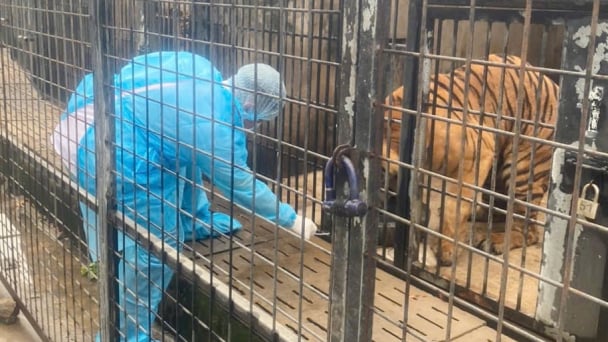
(VAN) The veterinary industry needs to be viewed objectively and further invested in to properly demonstrate its role and importance in the new context.

(VAN) The number of veterinarians graduating each year is not enough to meet actual needs, hence a difficult problem for the growing livestock industry.
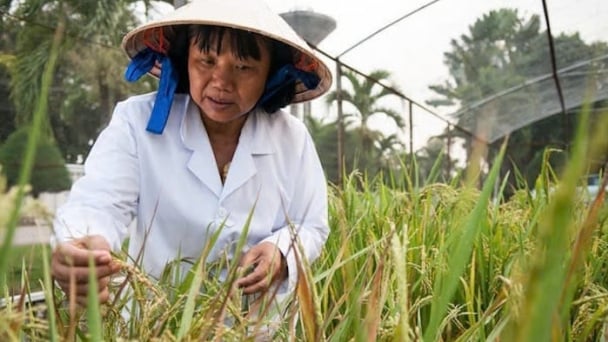
(VAN) The strategic partnership between Cambodia, the Philippines, Vietnam, and CGIAR ensures that innovative solutions effectively address national priorities for food system development.
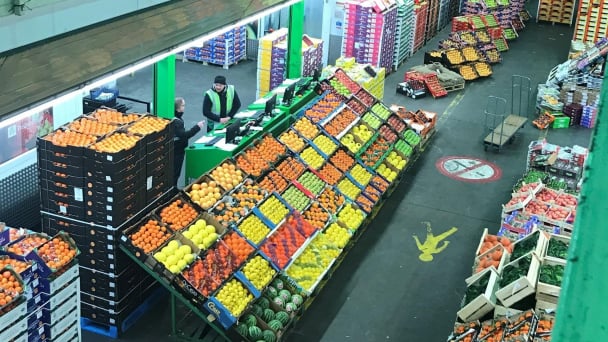
(VAN) This was affirmed by the UK Minister of State at the Department for Environment, Food and Rural Affairs during a working session with Deputy Minister Tran Thanh Nam on May 13.
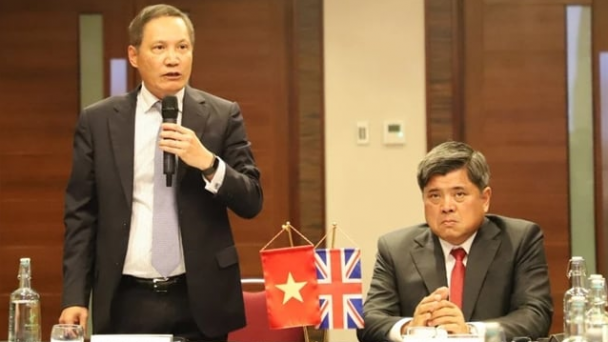
(VAN) On May 13, the Ministry of Agriculture and Environment, in coordination with the Embassy of Vietnam in the United Kingdom, organized a seminar titled 'Connecting trade in Vietnam-UK agricultural, forestry, and fishery products'.

(VAN) The launch of the Vietnam green and low-emission rice brand is a positive signal for both businesses and farmers, marking readiness to reach new heights in the global market.